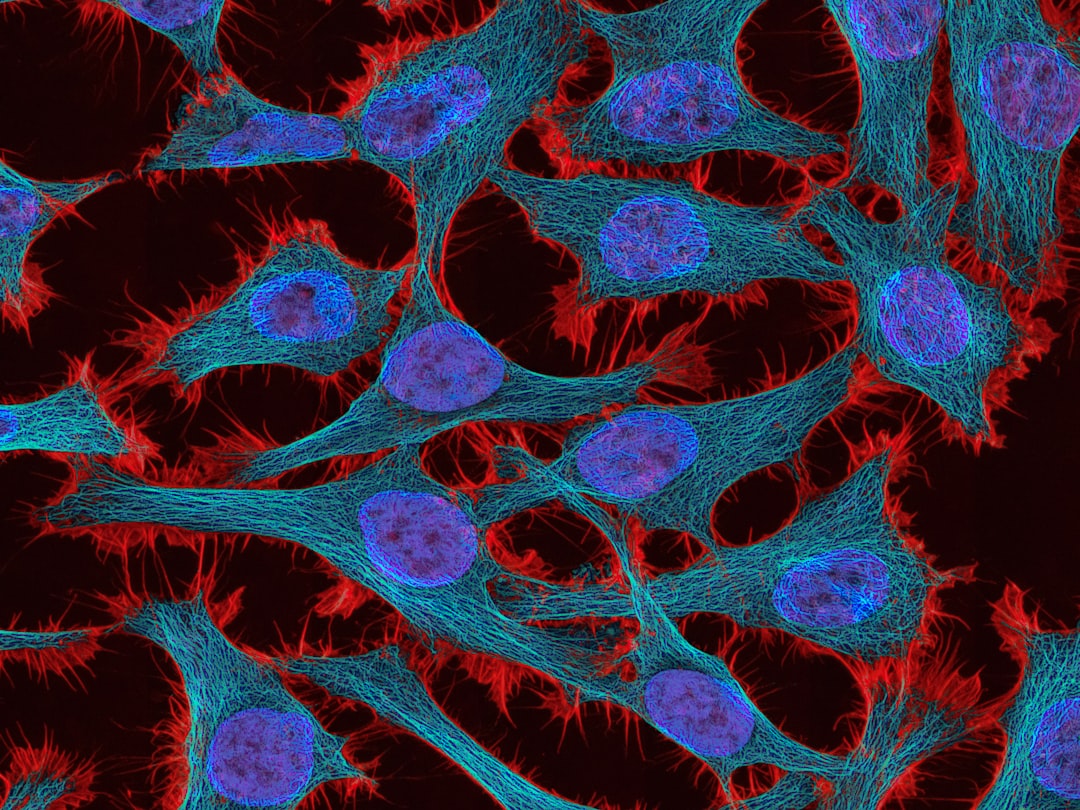What is it about?
Elements of the nucleoside system (nucleoside levels, 5’-nucleotidases (5’NTs) and other nucleoside metabolic enzymes, nucleoside transporters and nucleoside receptors) are unevenly distributed in the brain, suggesting that nucleosides have region-specific functions in the human brain. Indeed, adenosine (Ado) and non-Ado nucleosides, such as guanosine (Guo), inosine (Ino) and uridine (Urd), modulate both physiological and pathophysiological processes in the brain, such as sleep, pain, memory, depression, schizophrenia, epilepsy, Huntington’s disease, Alzheimer’s disease and Parkinson’s disease. Interactions have been demonstrated in the nucleoside system between nucleoside levels and the activities of nucleoside metabolic enzymes, nucleoside transporters and Ado receptors in the human brain. Alterations in the nucleoside system may induce pathological changes, resulting in central nervous system (CNS) diseases. The present article describes the regionally different activities of the nucleoside system, demonstrates the associations between these activities and 5’NT activity and discusses the therapeutic implications of these associations.
Featured Image
Why is it important?
Several CNS diseases such as epilepsy may be treated by modulation of the nucleoside system, which is best achieved by modulating 5’NTs, as 5’NTs exhibit numerous functions in the CNS, including intracellular and extracellular formation of nucleosides, termination of nucleoside triphosphate signaling, cell adhesion, synaptogenesis and cell proliferation. Thus, modulation of 5’NT activity may be a promising new therapeutic tool for treating several CNS diseases.
Perspectives
The available data suggest that application of drugs effective on nucleoside metabolic enzymes, such as 5’NTs, nucleoside transporters and Ado receptors, may represent effective and safe therapeutic approaches against different CNS diseases via the re-establishment of the fine regulation of different physiological functions by the nucleosidergic system, which may be altered under pathological conditions in the human brain.
Dr Zsolt Kovacs
Eötvös Loránd University
Read the Original
This page is a summary of: 5'-Nucleotidases, Nucleosides and their Distribution in the Brain: Pathological and Therapeutic Implications, Current Medicinal Chemistry, October 2013, Bentham Science Publishers,
DOI: 10.2174/0929867311320340003.
You can read the full text:
Resources
Contributors
The following have contributed to this page










